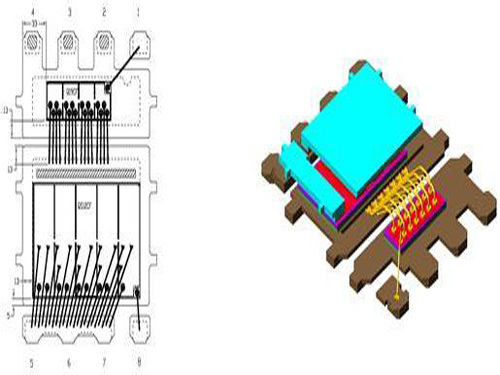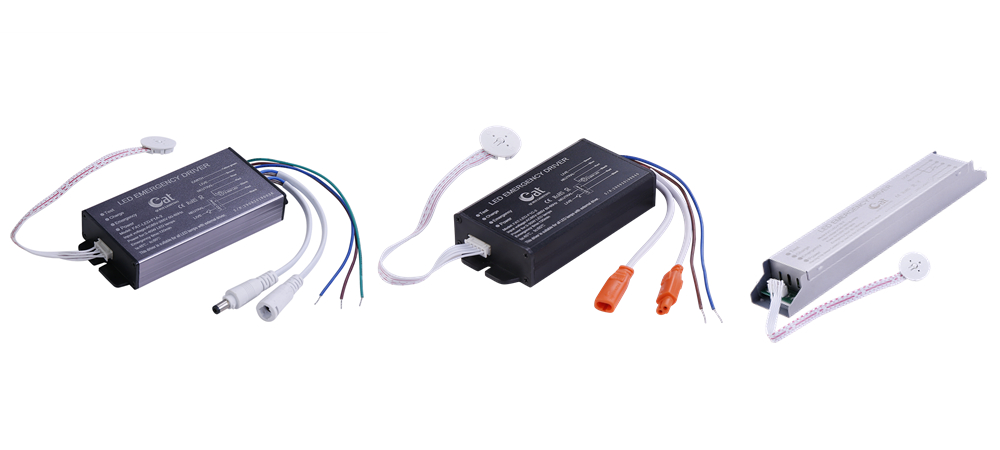
Power devices also belong to the sunrise industry in China. Judging from its history of development in China, the development of thyristor SCRs from the end of the 20th century to the relatively mature insulated gate bipolar transistors IGBTs of the 1980s has seen a short development time. In terms of its growth rate, the market growth rate is faster, higher than the average growth rate of China's manufacturing industry, and has become the world's largest power device market.
According to statistics from the Bureau of Statistics, in 2013, the sales of power devices in China increased by 9.9% from 2012, and the sales amount reached 180.48 billion yuan. As far as the downstream demand industry is concerned, whether it is digital cameras, LED televisions, mobile phones, new energy vehicles, or industrial controls that are closely related to life, they are currently products or applications that have good growth potential and even potential growth in the future. The strategic needs related to national defense construction will be the overriding factors for the government in formulating policies to promote the development of the industry. As an emerging industry, the power device industry has performed well in both the current development status and future trends. However, opportunities and risks coexist. As far as China is concerned, China’s power device companies are still in an immature period and their products are also medium and low. End-based, price competition disorderly.
According to the "2015-2020 Market Demand Forecast and Investment Strategic Planning Analysis Report of China Power Device Industry Industry" released by the Research Industry Development Institute, 425 statistical enterprises in the power device industry were included in 2013, including 92 loss-making enterprises, accounting for the number of statistical enterprises. 21.65%. The total loss was 2.897 billion yuan, more than 1/3 of the total profit of the industry that year.
Through the tracking and analysis of companies in the industry, we have found that the power device industry probably has the following risks:
1, the industry's cyclical fluctuation risk
The semiconductor industry is vulnerable to macroeconomic trends, and its development shows a certain periodicity. This periodicity fluctuates due to changes in product supply and demand. China's semi-conductor industry periodically showed some characteristics: First, influenced by the development of the international economy, the sharp decline in total profit growth in 2009 and 2011 was due to the economic crisis and the European debt crisis. At the same time, there was a certain period of time. Lag, this shows that China's semiconductor industry exports a larger proportion. Second, there is a positive correlation between the cyclical nature of semiconductors and changes in capital markets. Whether it is the economic crisis of 2008-2009 or the European debt crisis of 2010-2011, it is consistent with the trend of the industry. This shows that the semiconductor industry is a capital-intensive industry, because semiconductors are affected by Moore’s Law, and the replacement is faster. , It requires a lot of capital investment and research and development expenses.
2, competition risk
The electronic power industry's competitive risks come from two aspects. One is internal competition risk and the other is external competition risk. Internal competition risk is manifested as price competition. China's electrical power industry companies are mainly located in the low-end, oil and gas in the technical complexity and degree of capital requirements, low barriers to entry products, unordered competition, lowering the industry's sales prices and profit levels.
External competition mainly comes from the competition of international industry giants. Internationally renowned companies have set up processing plants in China due to relatively low labor costs and potential markets in China, and have occupied the major domestic market share of power devices, and have performed more prominently in high-end products. Taking IGBT chips as an example, the major suppliers of market share in the Chinese mainland market are from Europe, the United States and Japan, and they occupy an absolute dominant position in the market. Domestic companies are also seeking breakthroughs in this area. On October 22, 2014, Shanghai Advanced Semiconductor and China CNR signed an agreement to jointly build an IGBT industry chain. The competition from Taiwanese companies has also brought impacts on mid- to low-end products of mainland industry companies.
3, supply chain cost risk
The cost risk is mainly due to the risk of upstream raw material price fluctuations. Power devices have relatively weak bargaining power over the upstream raw material industry. The materials of the power device industry mainly include crystalline silicon, plastic sealing materials, and copper materials. Copper materials are important strategic material resources. The demand for copper materials comes from many fields, and the power device industry accounts for only a small part of its demand side. Plastic sealants account for more than 97% of the market for microelectronics packaging materials. Now, it has been widely used in various packaging fields such as semiconductor devices, integrated circuits, consumer electronics, automobiles, military, aviation, etc., and its purchase price will maintain its overall fluctuation.
In addition, there are R&D risks in the industry. R&D risk is mainly due to the large uncertainties in the market's future demand trends. Companies need to invest large amounts of money in R&D of new products, but face new products that do not meet market needs or keep up. Competitors update their speeds, leading to the risk that inputs cannot be partially or fully recovered. In addition, export-oriented enterprises are also exposed to exchange rate risks arising from the appreciation of the renminbi; uneconomic risks of scale caused by over-investment in enterprises; production products at the bottom of the industry are facing risk of elimination and technological development; enterprises are mismanaging or operating in the market Mistakes caused by management and operational risks.
LED emergency power supply offers a dependable solution for virtually every LED lighting application . Smart safe LED Emergency Driver is designed constant power platforms with a variety of form factors available. LED battery backup solutions have options designed to fit almost all LED fixtures . LED emergency backup kit can be used in commercial buildings , offices , corridors , restaurants , hotels etc .

Constant Power Emergency Driver
Emergency Pack Module,40W Led Emergency Power Supply,Emergency Lighting Set
Jiangmen City Pengjiang District Qihui Lighting Electrical Appliances Co., Ltd , https://www.qihuilights.com
